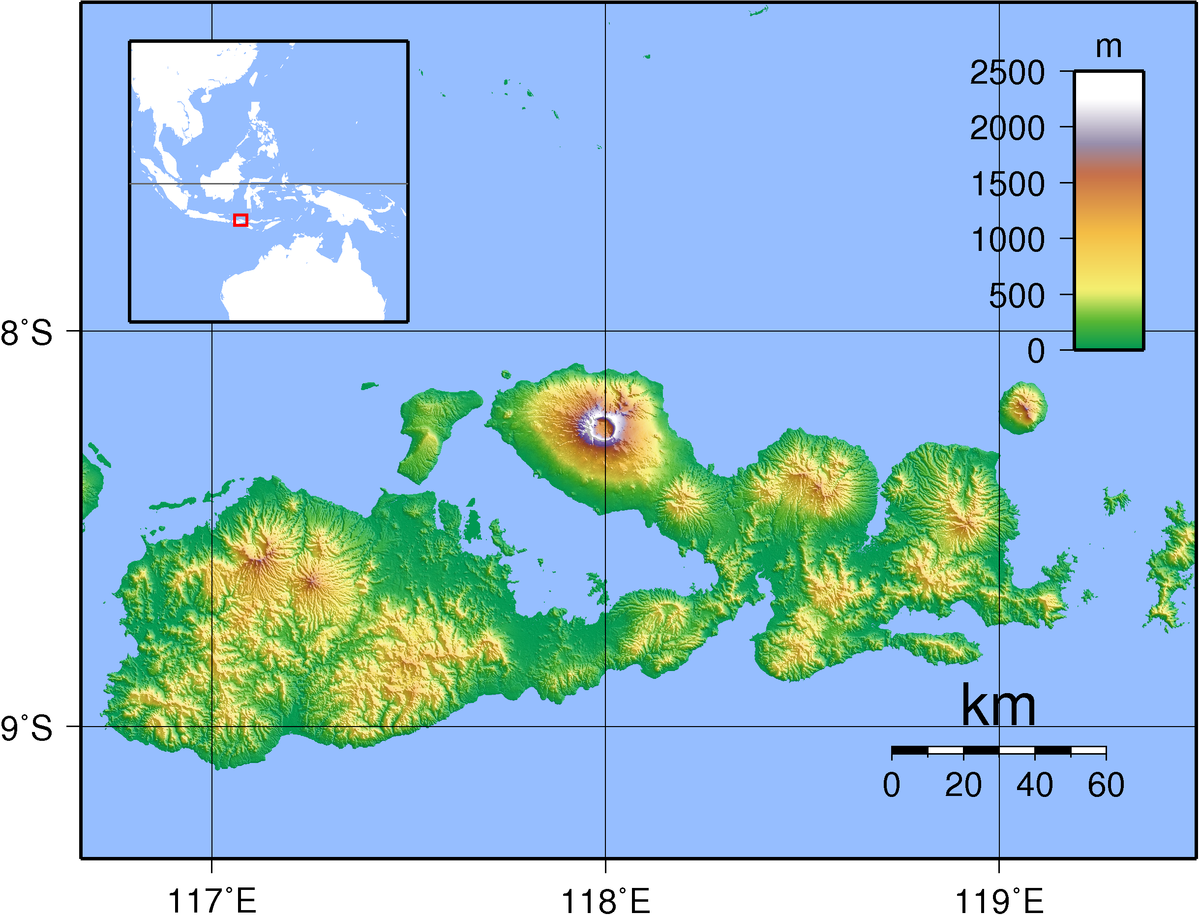Complete ecotouristic information database on national parks of Sumbawa Island (Indonesia).
Sumbawa is an island, in the middle of the Lesser Sunda Islands chain, with Lombok to the west, Flores to the east, and Sumba further to the southeast. Traditionally the island is known as the source of sappanwood used to make red dye, honey and sandalwood. Its savanna-like climate and vast grassland is used to breed horses and cattle and to hunt deer.
the east, and Sumba further to the southeast. Traditionally the island is known as the source of sappanwood used to make red dye, honey and sandalwood. Its savanna-like climate and vast grassland is used to breed horses and cattle and to hunt deer.
Sumbawa has an area (including minor offshore islands) of 15,448 km2 with a current population of around 1.39 million.
The island is bound by bodies of water; to the west is Alas Strait, south is the Indian Ocean, Saleh Bay creates a major north-central indentation in the island, and the Flores Sea runs the length of the northern coastline. The Sape Strait lies to the east of the island and separates Sumbawa from Flores and the Komodo Islands.
Sumbawa's most distinguishing feature is Saleh Bay and the Tambora Peninsula with Mount Tambora. Highlands rise in four spots on the island.
Sumbawa lies within the Pacific Ring of Fire. It is a volcanic island, including Mount Tambora which exploded in April 1815, the most destructive volcanic eruption in modern history (roughly four times larger than the 1883 eruption of Krakatoa, in terms of volume of magma ejected).
Detailed information on Sumbawa (Indonesia) national parks.
There is a database of Java national parks available. If you have any question or request you can send it by attached Informative Form.